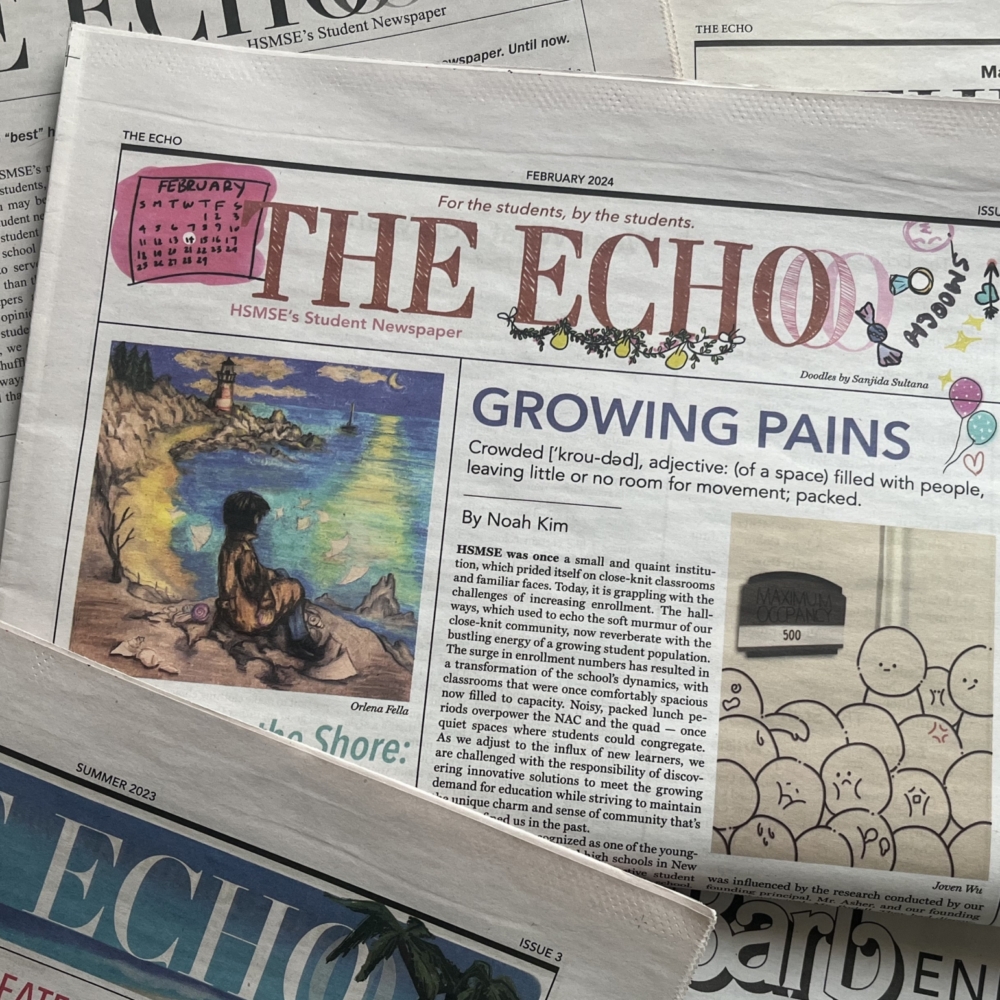How News Articles can Save You Time, Stress, and Money.
How News Articles can Save You Time, Stress, and Money.
Blog Article
Not known Details About News Articles
Table of ContentsEverything about News ArticlesThe Best Strategy To Use For News ArticlesAn Unbiased View of News ArticlesAll About News ArticlesA Biased View of News Articles
Great understanding of different subjects provides students an one-upmanship over their peers. Despite the fact that electronic and social media are easily accessible, we ought to not forget exactly how vital it is to read the papers. Parents have to try and instill the practice of checking out a newspaper as a day-to-day regimen to continue the heritage of the adored print medium.News stories also include at least among the adhering to vital features about the desired target market: distance, prominence, timeliness, human passion, oddity, or effect. The associated term journalese is sometimes used, generally pejoratively, to describe news-style writing. An additional is headlinese. Newspapers typically stick to an expository writing design.
Within these limitations, information stories additionally aim to be extensive. Amongst the bigger and much more recognized papers, justness and balance is a significant variable in offering information.
Papers with an international target market, for example, tend to use a much more official style of composing. News Articles.; common design guides consist of the and the United States News Design Publication.
See This Report on News Articles
Generally, journalists will certainly not make use of a long word when a short one will do. They use subject-verb-object building and construction and dazzling, energetic prose (see Grammar). They offer stories, instances and metaphors, and they rarely depend upon generalizations or abstract concepts. Information writers try to avoid making use of the exact same word greater than as soon as in a paragraph (sometimes called an "echo" or "word mirror").
Headlines in some cases omit the topic (e.g., "Jumps From Boat, Catches in Wheel") or verb (e.g., "Cat female lucky"). A subhead (additionally subhed, sub-headline, subheading, caption, deck or dek) can be either a subservient title under the major headline, or the heading of a subsection of the article. It is a heading that comes before the major message, or a group of paragraphs of the primary text.

Extra signboards of any of these kinds may show up later in the article (specifically on succeeding web pages) to entice further reading. Such billboards are additionally used as reminders to the post in various other areas of the publication or site, or as advertisements for the piece in other magazine or sites. Normal framework with title, lead paragraph (recap in strong), other paragraphs (details) and get in touch with details.

Instance of a hard-lead paragraph NASA is suggesting one more space job. The spending plan requests about $10 billion for the project.
The NASA news came as Find Out More the agency requested $10 billion of appropriations for the task. An "off-lead" is the 2nd essential front web page news of the day. The off-lead shows up either in the leading left edge, or straight below the lead on the right. To "bury the lead" is to start the short article with history info or information of secondary relevance to the viewers, compeling them to learn more deeply into a write-up than they must have to in order to find the crucial points.
The Of News Articles
Usual use is that one or more sentences each develop their own paragraph. Journalists normally describe the organization or framework of a newspaper article as an upside down pyramid. The crucial and most interesting elements of a tale are put at the start, with supporting info complying with in order of lessening importance.
It allows individuals to explore a topic to just the depth that their curiosity takes them, and without the imposition of details or nuances that they might think about pointless, but still making that details readily available to much more interested visitors. The upside down pyramid structure additionally allows posts to be trimmed to any type of approximate length during format, to fit in the space available.
Some authors start their tales with the "1-2-3 lead", yet there are several kinds of lead offered. A kicker can refer to several things: The last story in the news program; a "happy" tale to finish the program.
Longer write-ups, such as magazine cover write-ups and the pieces that lead the inside areas of a newspaper, are known as. Feature tales differ from straight news in a number of means.
The smart Trick of News Articles That Nobody is Talking About
A feature's very first paragraphs usually connect a fascinating moment or occasion, as in an "unscientific lead". From the particulars of a person or episode, its view quickly expands to abstract principles concerning the tale's topic.

The Editor's Tool kit: A Reference Overview for Beginners and Professionals (2001) Allan M. Siegal and William G. Connolly. The New York City Times Continue Handbook of Design and Use: The Official Style Guide Used by the Writers and Editors of the World's A lot of Authoritative Paper (2002) M. L. Stein, Susan Paterno, and R.
Report this page